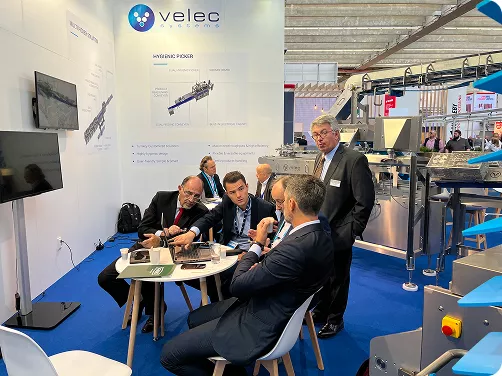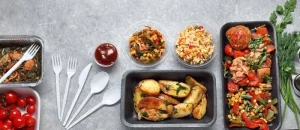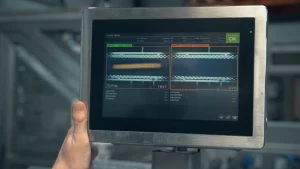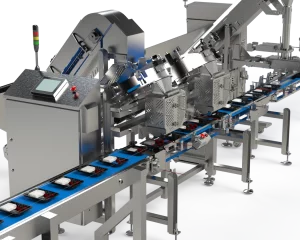Sustainability is becoming more commonplace in our modern time. Using sustainable packaging is an important step to a greener future. Here is a guide to sustainable packaging solutions.
What is sustainable packaging?
Sustainable packaging is the use of packaging resources and materials that have minimal impact on the environment. The sustainability movement promotes product labeling, branding, and packaging aimed at reducing our environmental impact to save the environment for future generations. Food manufacturers and suppliers of packaging materials do this by choosing recyclable, compostable, or biodegradable material for the packaging of a new product.
Sustainable packaging strategies
What are sustainable use practices? Here are sustainable packaging strategies available for businesses that want to join the greener movement.
Recyclable materials
If your packaging can be recycled, urge customers to do this. When labeling and packaging your products, ensure that you let your customers know the importance of recycling the packaging. For example, try incorporating package labeling that states “recycle me” or instructions for reusing the packaging.
Smaller packaging
Use smaller packaging materials and supplies to reduce your impact on the environment. Try buying smaller bags and containers or fewer non-recycled items for your packaging requirements.
Plant-based packaging
Choose plant-based packaging that is made from sources that come from the earth (corn, food waste, or mushroom). Ensure that this packaging does not affect the flavor of your food.
Edible packaging
Edible packaging like plant-based packaging comes from biological sources. They are good for the environment while being safe to eat.
Biodegradable packaging
Biodegradable packaging looks similar to non-biodegradable packaging, but it will reduce your environmental impact. There are many forms of biodegradable food packaging available today including boxes, plastics, and wrappers.
Do you have an eco-friendly food packaging business or are you switching to recyclable packaging bags? Multi-Fill has expert products to help you to fill any type of food packaging quickly and efficiently. Our volumetric fillers work fast, further saving on energy costs for the environment and your business.
To purchase our volumetric fillers for your sustainable packaging, contact us today!



